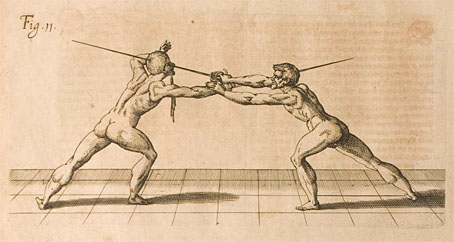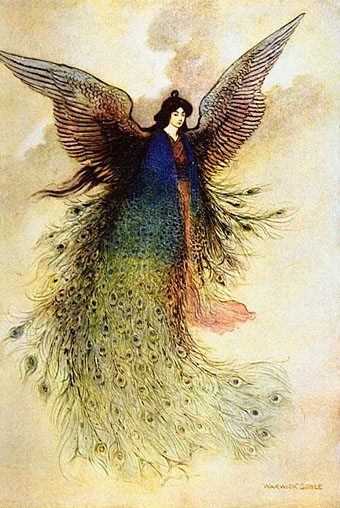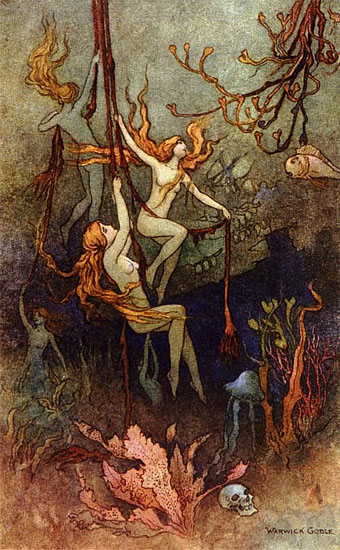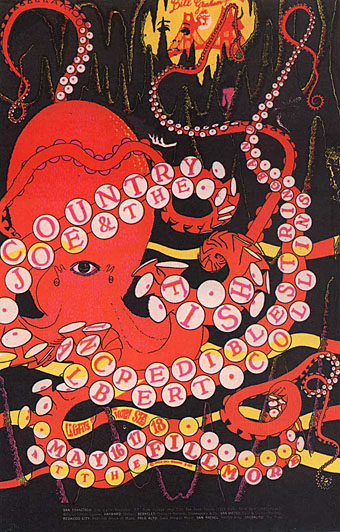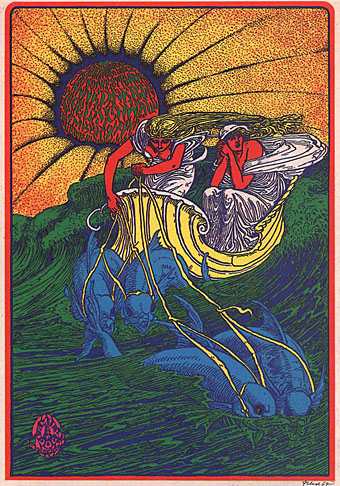‘It was basically freak-out music’ | Hawkwind again.
Month: August 2009
William S Burroughs: A Man Within
The Ticket that Exploded. Cover design by Thomi Wroblowski for a John Calder edition, 1985.
William S Burroughs: A Man Within is a feature-length documentary by Yony Leyser, and is, so the makers say, the first posthumous documentary about the always essential writer. Howard Brookner’s 1983 film, Burroughs, is probably definitive where the biography is concerned since Brookner was fortunate to get most of the key surviving Beats, family members, and allies while they were still around. Leyser’s trailer looks interesting, however (I’m hoping the film isn’t merely a parade of celebrities and soundbites), and it’s things like this which pass on the message of Burroughs’ continued importance to a new generation.
Th e film features never before seen footage of William S. Burroughs, as well as exclusive interviews with his closest friends and colleagues including John Waters, Genesis P-Orridge, Laurie Anderson, Peter Weller, David Cronenberg, Iggy Pop, Gus Van Sant, Sonic Youth, Anne Waldman, George Condo, Hal Willner, James Grauerholz, Amiri Baraka, Jello Biafra, V. Vale, David Ohle, Wayne Propst, Dr. William Ayers, Diane DiPrima, Donovan, Dean Ripa (the world’s largest poisonous snake collector), and many others, with narration by actor Peter Weller, and soundtrack by Sonic Youth.
Release is slated for later this year. Meanwhile, there’s another trailer on YouTube for a Burroughs’-inspired short, The Japanese Sandman, based on WSB’s quest for the drug yage in the jungles of Panama. For an explanation of the title, consult the Reality Studio.
Elsewhere on { feuilleton }
• The William Burroughs archive
Nicoletto Giganti’s naked duellists
This is something you don’t generally see in swashbuckling films, a duellist being stabbed through the eye. To judge by the plates in Nicoletto Giganti’s sword-fighting manual it seems to have been a very common form of attack; duels with bare blades were a serious business. For some reason most of the combatants in these pictures also have bare bodies, possibly to better display the positioning of their limbs.
I found this 1644 book by accident last year while searching for something completely unrelated then forgot to bookmark the page. Good job, then, that the indispensable Mr Peacay at BibliOdyssey had come across the same pages. He also found plates from an older book dealing with different forms of hand combat.
Elsewhere on { feuilleton }
• The men with swords archive
• The etching and engraving archive
Previously on { feuilleton }
• Battle of the Naked Men
The art of Warwick Goble, 1862–1943
Moon Maiden (1910).
Goble’s Moon Maiden, an illustration from Green Willow and Other Japanese Fairy Tales, is proof that a peacock train needn’t be the sole preserve of masculine birds, but then Ruth St Denis had already shown us that. Art Passions has a decent selection of Goble’s fairy pictures although if you want to see the full complement of drawings made for these books you need to consult the Internet Archive. As usual with illustrators of this period, I find I prefer many of the black-and-white works over the paintings; Art Passions doesn’t have any of those, unfortunately, while the book scans are too low-res to do them justice. Once again, Bud Plant provides an overview of the artist’s career.
Sea-Nymphs – Ding-Dong, Bell (1920).
Elsewhere on { feuilleton }
• The illustrators archive
Previously on { feuilleton }
• Ruth St Denis
Fillmore sealife
Country Joe & the Fish by Wilfred Weisser (1968).
A pair of sea-themed psychedelic posters from a small collection here. Most of the examples are familiar faces but these two stood out for me, especially the octopus one by Wilfred Weisser which I hadn’t seen before. The figures in Bob Fried‘s poster below look like they may have been borrowed from Walter Crane or a later Victorian illustrator.
Update: For the record, Bob Fried’s figures are indeed by Crane, an illustration for Spenser’s Faerie Queene from The Studio magazine, 1896.
Canned Heat by Bob Fried (1967).
Previously on { feuilleton }
• Max (The Birdman) Ernst
• Taking Woodstock
• Dutch psychedelia
• Family Dog postcards
• Octopulps


